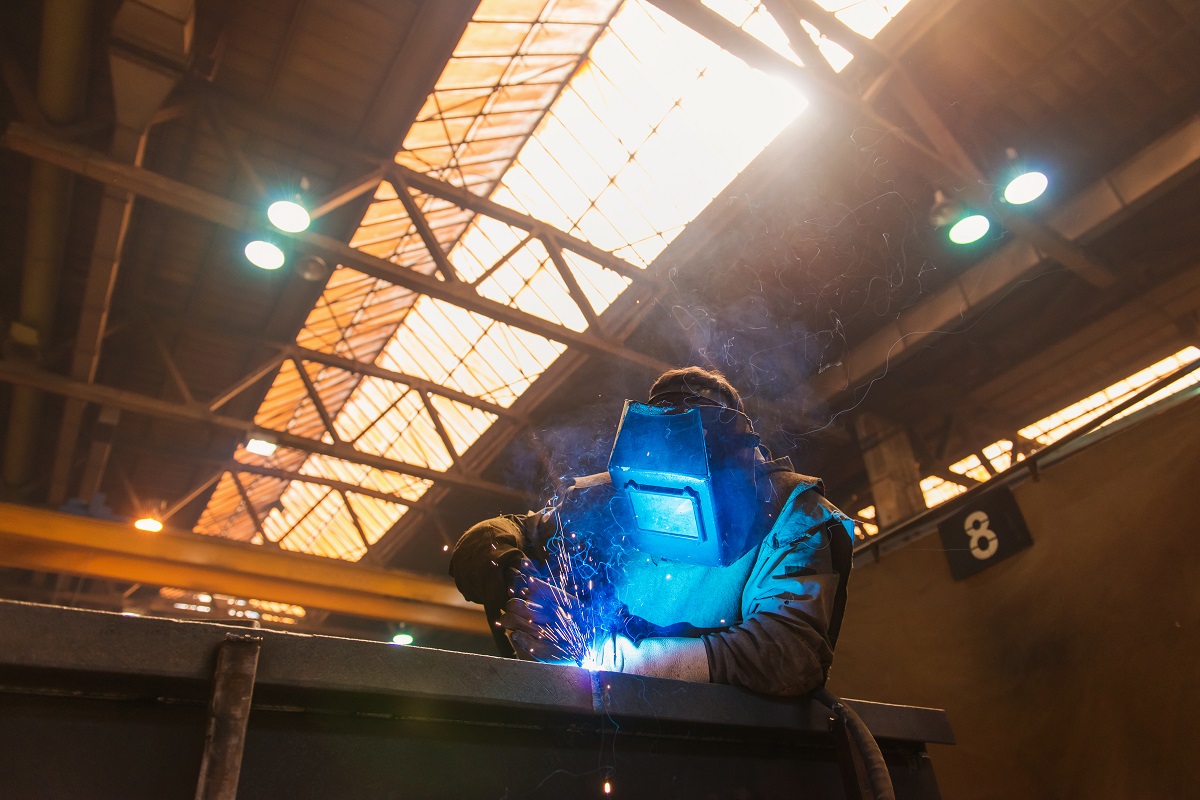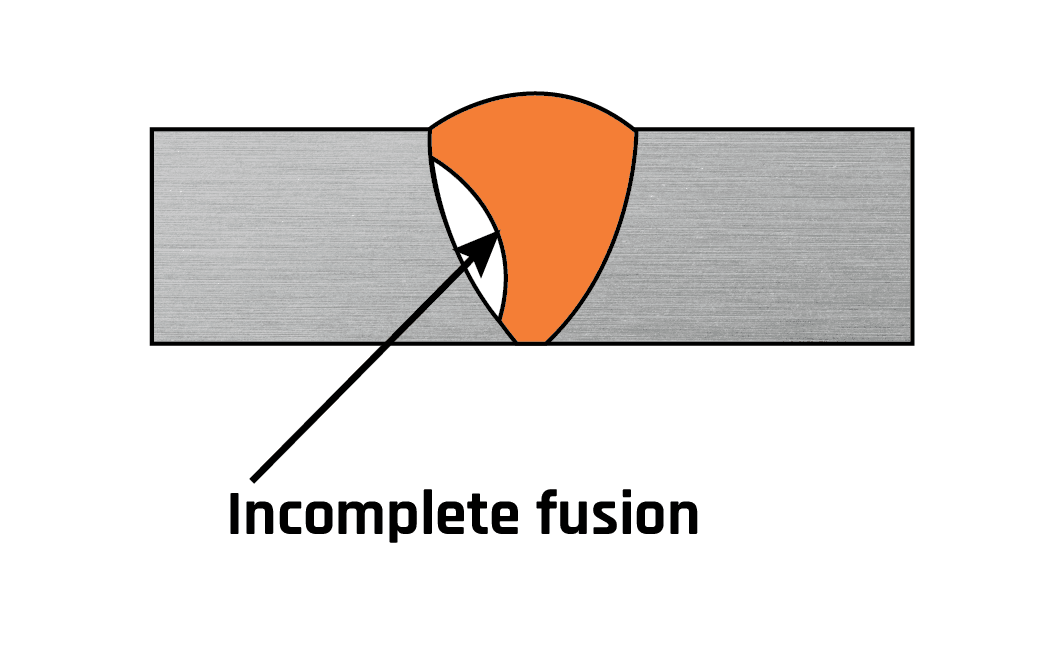Understanding the Causes and Solutions for Undercut Welding in Metal Fabrication Processes
In the realm of steel manufacture processes, the occurrence of undercut welding presents a substantial difficulty that requires a thorough understanding of its causes and practical remedies. The complex interplay of various variables during welding procedures can bring about this unfavorable sensation, impacting the architectural stability and overall top quality of the bonded joints - Preventing weld undercut. By studying the root creates of undercut welding and discovering efficient remedial measures, producers can raise the requirement of their workmanship and ensure the manufacturing of perfect metal elements
Usual Causes of Undercut Welding
Regularly ignored in steel manufacture, undercut welding occurs as a result of various aspects that demand thorough attention and competence to be efficiently reduced. One usual reason of undercut welding is too much warmth input. When the warm input is too high, it can result in the melting and succeeding disintegration of the base product along the edges of the weld joint, producing a groove or undercut. Furthermore, improper welding methods, such as utilizing the wrong welding angle or travel speed, can additionally add to damage formation. Poor shielding gas insurance coverage is another essential aspect that can lead to damaging. Inadequate gas coverage stops working to shield the weld pool adequately, resulting in oxidation and undercut flaws. Moreover, the selection of welding criteria, such as voltage, existing, and cable feed speed, plays a significant role in the incident of undercut welding. Understanding these usual reasons is vital for applying preventative procedures and making sure premium welds in steel fabrication procedures.
Impact of Incorrect Welding Parameters
Unreliable welding criteria can substantially jeopardize the stability and quality of welded joints in steel construction procedures. The influence of wrong welding parameters materializes in numerous ways, leading to architectural weaknesses and flaws in the welded parts. Careful interest to welding specifications is paramount to ensure the manufacturing of premium welds with the wanted mechanical properties and architectural integrity.
Effect of Improper Lantern Angle
Improper lantern angle in welding operations can considerably influence the quality and integrity of the last weld joints in steel fabrication procedures. The lantern angle plays an important role in figuring out the warm input and circulation throughout welding. When the torch angle is incorrect, issues such as undercutting can emerge. Damaging is a typical welding problem where a groove develops along the weld toe, deteriorating the joint and compromising its architectural stability.
A torch angle that is too high can result in not enough penetration, incomplete blend, and enhanced spatter. On the other hand, a lantern angle that is as well superficial can cause too much infiltration, burn-through, and distortion of the base material. Preventing weld undercut. Proper lantern angle is vital for making sure consistent weld top quality, toughness, and appearance
To avoid undercutting and other flaws caused by inappropriate torch angles, welders should be trained to preserve the right torch angle throughout the welding procedure. Normal surveillance and adjustment of lantern angles during welding can aid attain audio welds with very little flaws.
Function of Inadequate Welding Methods

One more aspect of inadequate welding techniques is improper weld prep work. Poor cleansing of the base steels, inaccurate joint layout, or not enough side prep work read this can all add to undercut welding. Additionally, insufficient protecting gas coverage or using the wrong kind of gas can lead to insufficient blend and the development of undercut problems.
To resolve the duty of poor welding strategies in steel construction processes, it is essential to supply thorough training for welders. Appropriate education on welding parameters, joint prep work, and securing gas selection can assist protect against undercut welding and ensure high-grade welds in metal manufacture tasks.
Reliable Solutions for Undercut Welding
Dealing with undercut welding in steel fabrication requires carrying out reliable remedies to boost weld top quality and architectural stability. Among the key services to combat undercut is to readjust welding specifications such as voltage, current, and take a trip speed to guarantee proper warm input and blend. By fine-tuning these settings, welders can protect against extreme melting of the base steel and filler material, minimizing the possibility of undercut development.
Additionally, correct joint prep work is crucial in stopping undercut. Making certain tidy base metal surface areas without impurities and utilizing the appropriate bevel useful site angle can aid advertise better weld infiltration and lower the risk of undercut - Preventing weld undercut. Utilizing ideal welding strategies, such as oscillating the lantern or weaving, can also assist in dispersing warm uniformly and loading the weld joint properly, lessening the opportunity of undercut issues
Furthermore, selecting the appropriate welding consumables, including click for source electrodes and filler metals, is necessary in minimizing undercut. Making use of materials with proper chemical compositions and mechanical homes can add to achieving sound welds with marginal undercut. Normal examination and top quality control measures should likewise be applied to spot and attend to undercut concerns without delay, making certain the total stability of fabricated steel parts.

Verdict
To conclude, understanding the reasons and options for undercut welding in steel manufacture processes is vital for accomplishing top notch welds. By attending to common causes such as wrong welding criteria, improper torch angle, and inadequate welding strategies, welders can protect against damaging and guarantee solid, sturdy welds. It is essential to focus on these elements and apply reliable services to improve the total welding process and end product top quality.

Comments on “Exactly How to Avoid Weld Undercut: Essential Tips for Welders”